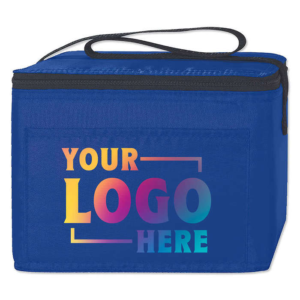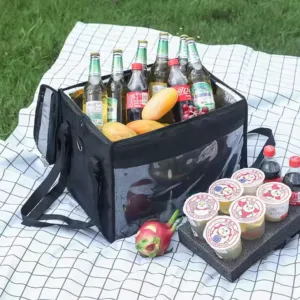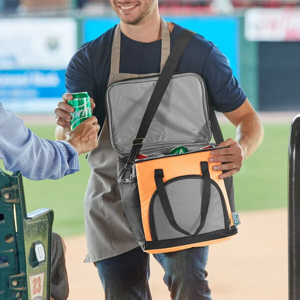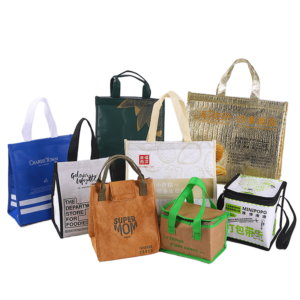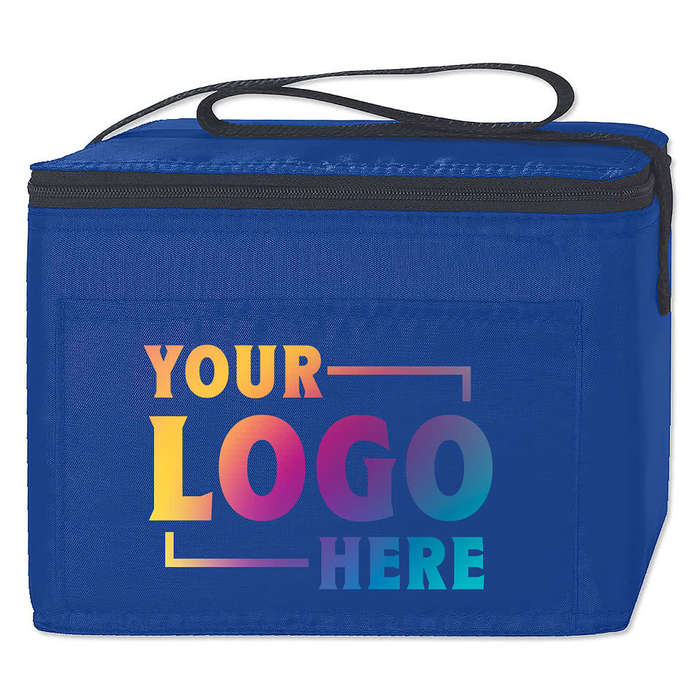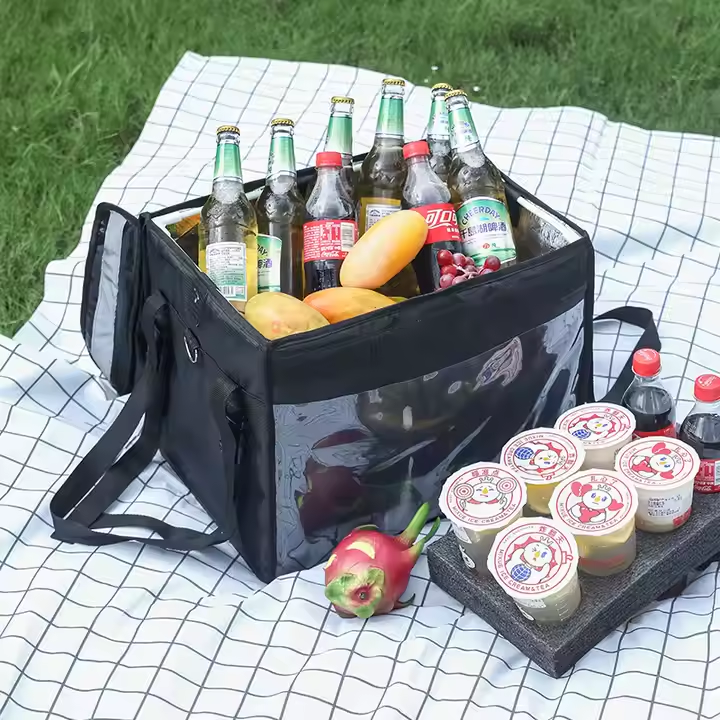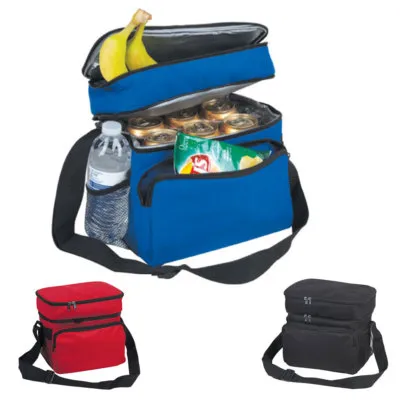Choosing the right cooler bag is vital for keeping food fresh, safe, and presentable during delivery. These seven practical tips will help you pick a bag that meets daily delivery demands and impresses customers.
7 Tips for Choosing the Right Cooler Bag for Food Delivery
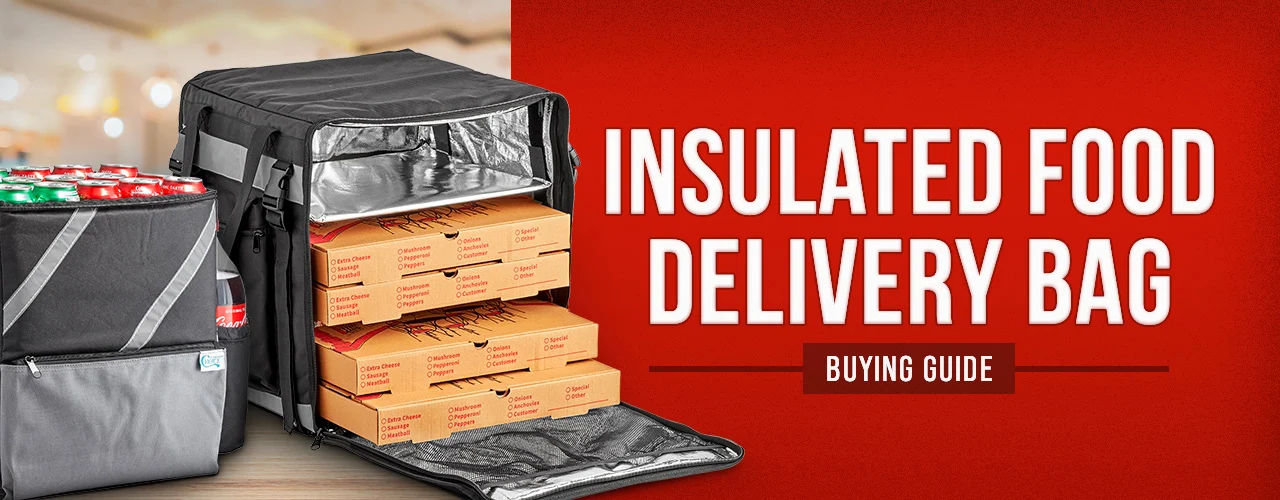
Food delivery pros choose cooler bags with strong insulation1, durable materials2, and smart designs to keep food at the right temperature and protect it from damage.
Select the right bag to boost delivery quality and customer trust. Check out these must-know tips.
Insulation Quality
Insulation is the heart of a cooler bag’s performance. Choose bags with thick foam, foil lining, or multiple layers for better temperature control.
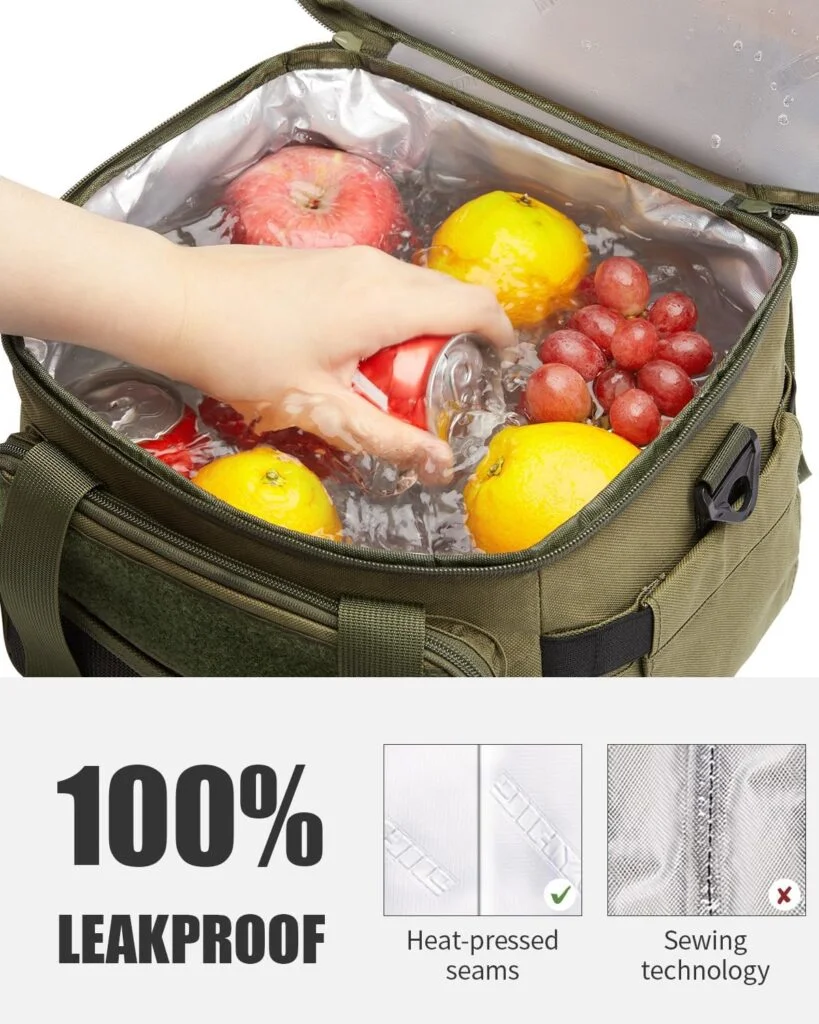
Bags with double-layer insulation work well for both hot and cold food. Good insulation prevents heat loss during winter and keeps cold drinks chilled in summer. Look for materials like EPE foam or aluminum foil, which hold temperatures longer. Consistent temperature keeps food safe and fresh, which means fewer complaints and higher ratings.
Recommended Insulation Types
| Insulation | Benefit |
|---|---|
| EPE Foam | Good heat retention |
| Foil Lining | Reflects heat |
| Double-layer | Extra insulation |
I recommend testing a new bag’s insulation with real orders to see how long it holds temperature.
Durability and Build
Delivery bags go through rough handling, so durability is key. Pick heavy-duty fabrics like nylon or polyester.
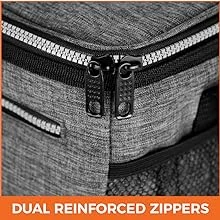
Tear-resistant material handles daily wear and sudden impacts. Reinforced stitching stops seams from ripping open when bags are full. Water-resistant fabric protects food from rain and accidental spills. A good bag also has sturdy zippers and strong handles. These features prevent mishaps that could ruin orders and harm your reputation.
Durable Material Checklist
| Part | What to Check |
|---|---|
| Outer fabric | Nylon or polyester |
| Stitching | Reinforced and even |
| Zippers | Heavy-duty and smooth |
| Waterproof layer | Yes |
A durable bag lasts longer, saving you replacement costs.
Size and Capacity
A well-sized bag makes packing and carrying food easier. Match the bag to your most common order size.
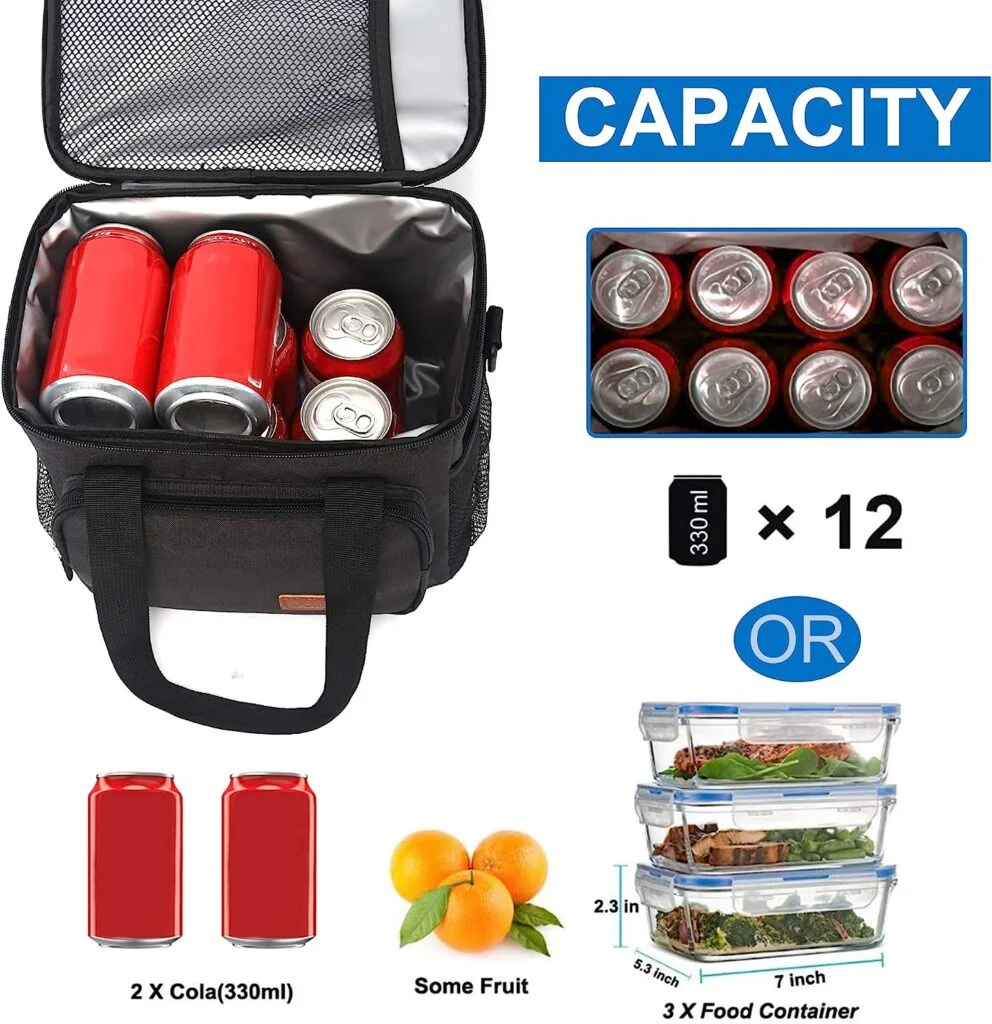
If the bag is too small, large orders might get squeezed, ruining food presentation. If it’s too big, food might slide around, spilling sauces or tipping drinks. Choose a bag that fits multiple containers neatly. Some bags have adjustable dividers inside for better organization. Measure your average container and test how many fit comfortably.
Common Sizes
| Bag Size | Good For |
|---|---|
| Small | Single meals |
| Medium | 2–3 meal orders |
| Large | Family-size or group orders |
I always suggest ordering a test sample to check capacity before bulk buying.
Ease of Handling
Comfortable carrying reduces delivery stress and fatigue. Pick bags with good straps and flexible handles.
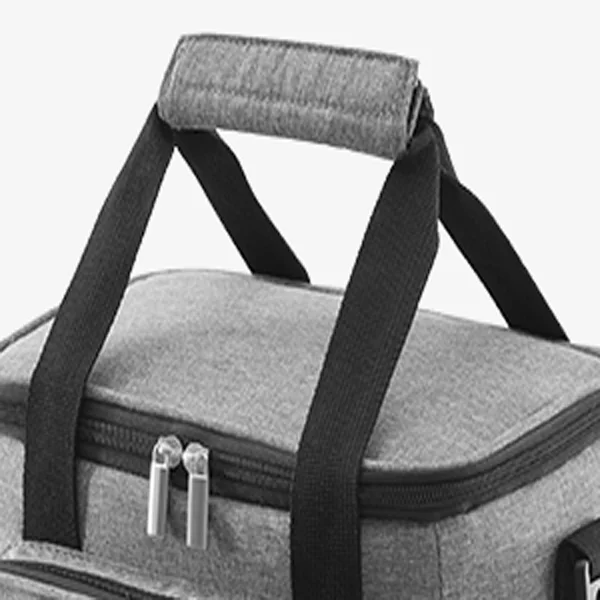
Padded shoulder straps spread weight evenly, so they won’t dig into your shoulders on long trips. Sturdy handles help with quick pickups. Some bags have extra side straps or backpack options for hands-free use. A well-balanced bag is safer to carry, especially if you deliver by bike or on foot.
Handling Features
| Feature | Benefit |
|---|---|
| Padded straps | Less shoulder strain |
| Strong handles | Better grip |
| Multiple straps | Flexible carrying |
Try carrying the bag fully loaded to check comfort before buying more.
Ventilation for Hot Foods
Steam can build up inside closed bags, making fried foods soggy. Pick bags that manage steam well.
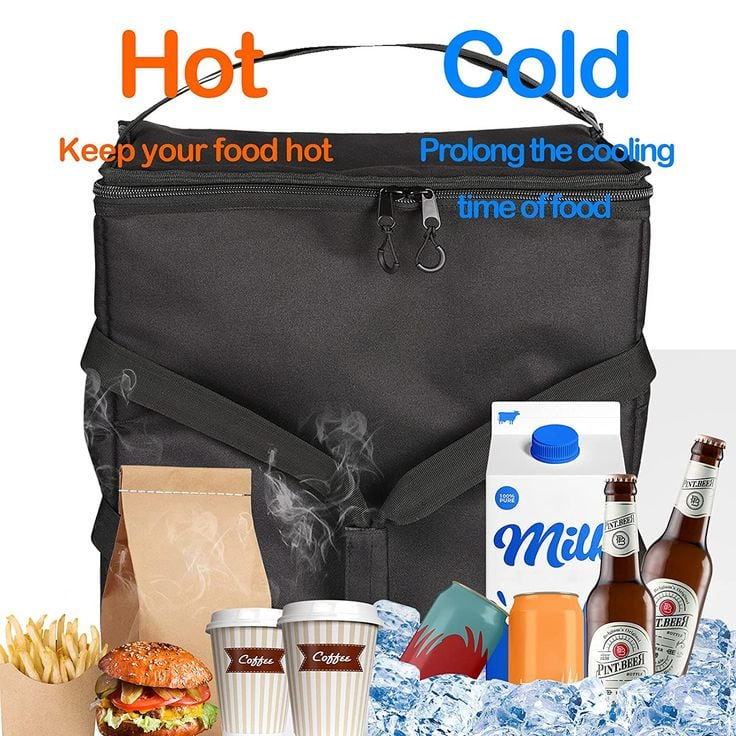
Good hot food bags keep heat inside but let out excess moisture. Some bags have small air vents or breathable panels that reduce steam without losing too much heat. This balance keeps fries crispy and pizza crust fresh. Better food texture means fewer complaints and better reviews.
Ventilation Options
| Design | How It Helps |
|---|---|
| Air vents | Let out steam |
| Breathable lining | Controls moisture |
| Zipper gaps | Temporary venting |
Always close vents in winter to keep heat longer.
Ease of Cleaning
Hygiene is crucial in food delivery. Pick bags with easy-to-clean interiors3.

Bags with smooth liners wipe clean fast. Some bags have removable liners you can wash by hand or machine. A clean bag prevents smells and bacteria that could contaminate future orders. Daily cleaning extends bag life and keeps your food service compliant with health standards.
Cleaning Features
| Liner Type | Benefit |
|---|---|
| Smooth PEVA | Wipes clean easily |
| Removable liner | Washable |
| Leakproof base | Stops spills soaking in |
Clean bags show customers you care about food safety.
Zipper Quality and Closure Design
A strong zipper keeps heat in and food secure. Weak zippers break fast and can ruin a delivery.
Look for double zippers that move smoothly even when the bag is full. A tight closure seals heat inside and blocks outside air. Some bags have flap covers or extra Velcro for added sealing. Good zippers reduce the chance of spills and keep food stable during bumps or turns.
Zipper Tips
| Feature | Benefit |
|---|---|
| Double zippers | Easier to open/close |
| Heavy-duty teeth | Less breakage |
| Added Velcro | Extra sealing |
Test zippers by opening and closing them repeatedly to check strength.
Conclusion
Choosing the right cooler bag keeps food fresh, deliveries smooth, and customers happy. Focus on insulation, durable build, right size, easy handling, smart ventilation, simple cleaning, and strong zippers. I recommend testing bags before buying in bulk. Share your favorite cooler bag tips in the comments to help other delivery pros!
-
Understanding the importance of strong insulation can help you choose a cooler bag that keeps food fresh and safe during delivery. ↩
-
Exploring the significance of durable materials will guide you in selecting a cooler bag that withstands daily wear and tear. ↩
-
Learning about easy-to-clean interiors can enhance your food safety practices and prolong the life of your cooler bag. ↩


